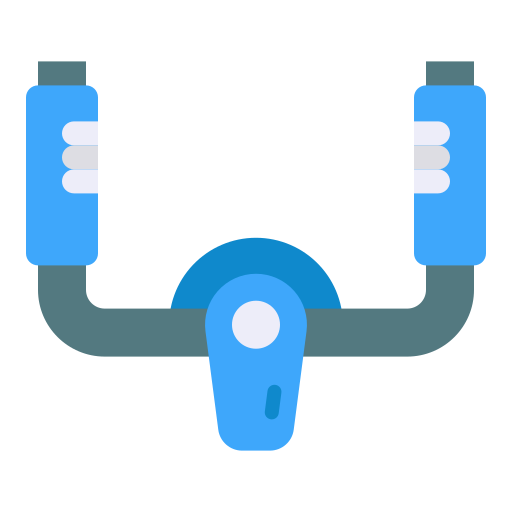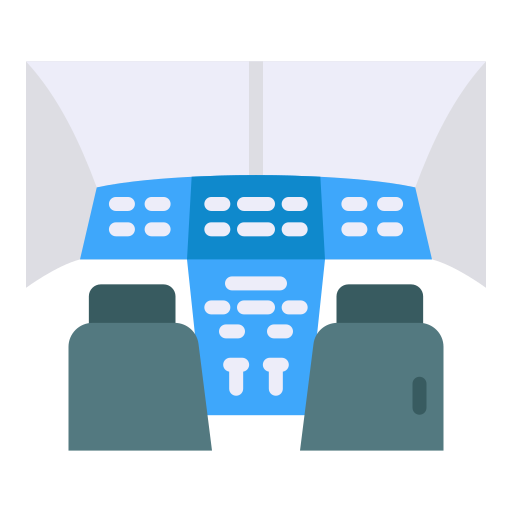FLIGHT DISPATCHER
A flight dispatcher also known as an airline dispatcher or flight operations officer assists in planning flight paths, taking into account individual availability, aircraft performance and loading, enroute winds, thunderstorm and turbulence forecasts, airspace restrictions, and airport conditions. Dispatchers also provide a flight following service and advise pilots if conditions change. Their task is to ensure that all airline flights run on schedule.
The job is demanding as it requires dispatchers to accurately project variables, such as weather or passenger volume, which may affect various paths and destinations. Because, flight cancellations or delayed flight can affect other connections and travel plans, dispatchers must be able to think quickly to make decisions which affect not only flight crews, but also the passengers. In all situations, dispatchers are expected to make the most efficient decisions while taking into account all applicable regulations.
Flight dispatchers usually work in the operations center of the airline under great time-constraints with numerous distractions, so the abilities to remain calm, organized, and think clearly under pressure are important. Flight dispatchers are typically assigned regular shifts.
Trainee dispatchers can expect a salary of Rs 70000/- at the beginning of their career and advancement as per industry standards.










